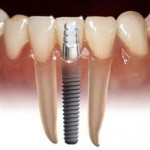It is vital that the type of sterilizer being used is clearly identified as this dictates not only what can be processed in the chamber but also how the machine is tested and validated.
When purchasing a new machine the cost is obviously a focal point. What is often not apparent is the ongoing cost of validating the machine after purchase. This is particularly essential when purchasing a vacuum sterilizer. Continue reading
